A blind monk told us the story of Harishchandragarh temple
Raghu and I have come to Harishchandragad from Bhandarda to visit Lord Shiva and Vishnu. We first visited Konkan Kada, which is a 120 feet high wall from where a wonderful view of the valley is visible. To reach Harishchandragad, we had to trek 8.5 km, which we enjoyed a lot. Then we visited the caves located around Harishchandragad and then headed towards the Vishnu temple.
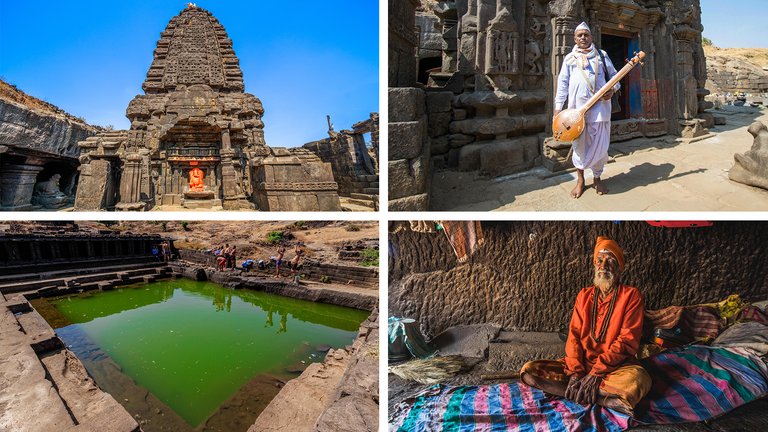
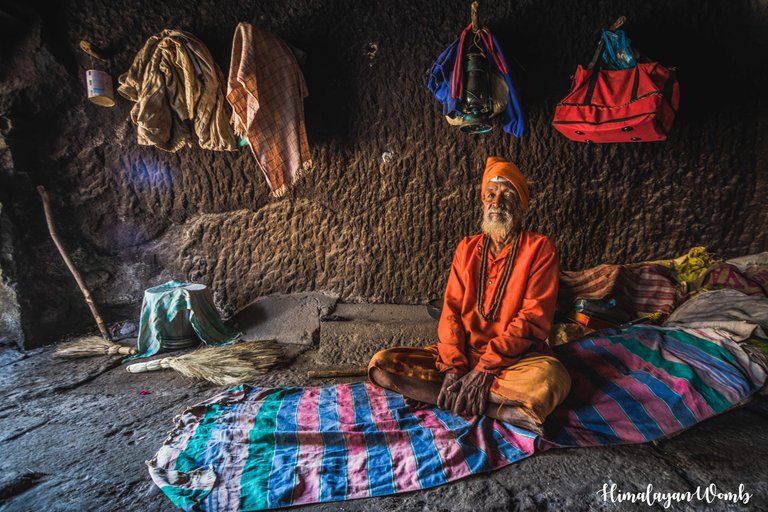 The Hindu monk who told us the story of the temple
The Hindu monk who told us the story of the temple
Before reaching the temple, we see a sadhu who, after hearing the sound of our footsteps, says to us, “Drop me in the cave behind the temple, I am new here so I don’t have any idea of the way yet”. After listening to the sadhu and seeing his gestures, I understood that the sadhu cannot see. I hold his hand and take him to the cave behind the temple. Where the sadhu sits and asks us, where have you come from?
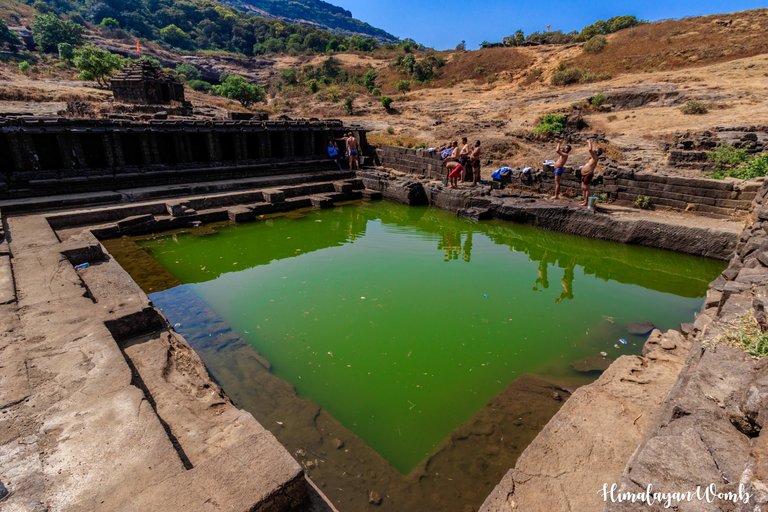

Raghu tells us Ahmednagar and I tell him Haryana. After listening to us, the sadhu says, do you know why this place is so religious? Both of us say in one voice that no we don't know, can you tell us? The Sadhu starts saying, "First of all, this place is situated on the border of Konkan Ghat, so there are many ways to reach here and in the past, Sadhus and devotees used to come here from far and wide to visit the temple and get blessings.
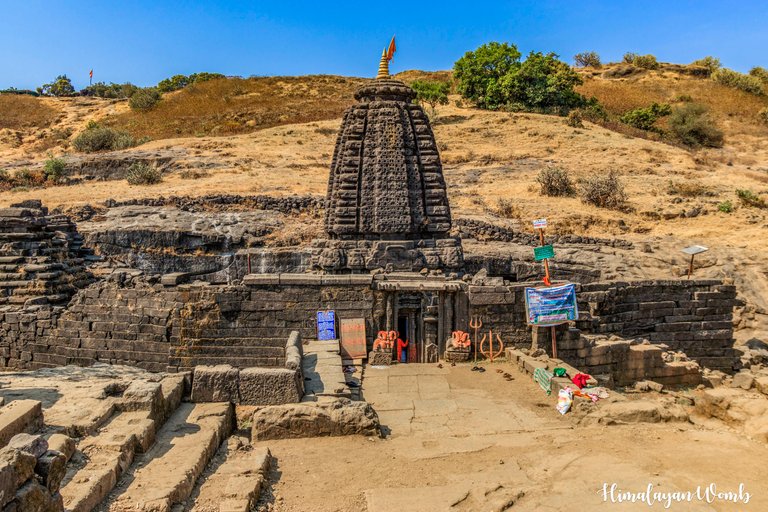
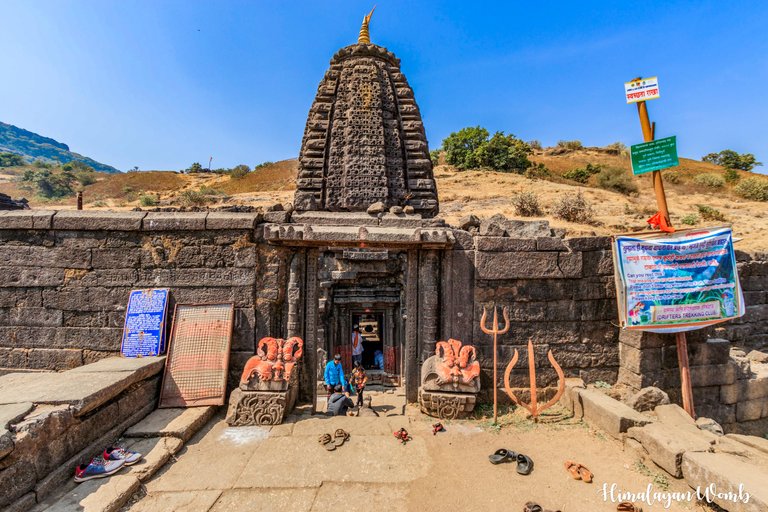
King Bhoj II of the Yadava dynasty played an important role in building this temple in the thirteenth century. This temple complex is related to both Ramayana and Mahabharata. This temple is a wonderful example of Hemadpanthi, architectural style, splendor and art. Mantras in ancient language are also engraved on the walls of the temple, which you guys must see. Both of us are listening to him like a small child.
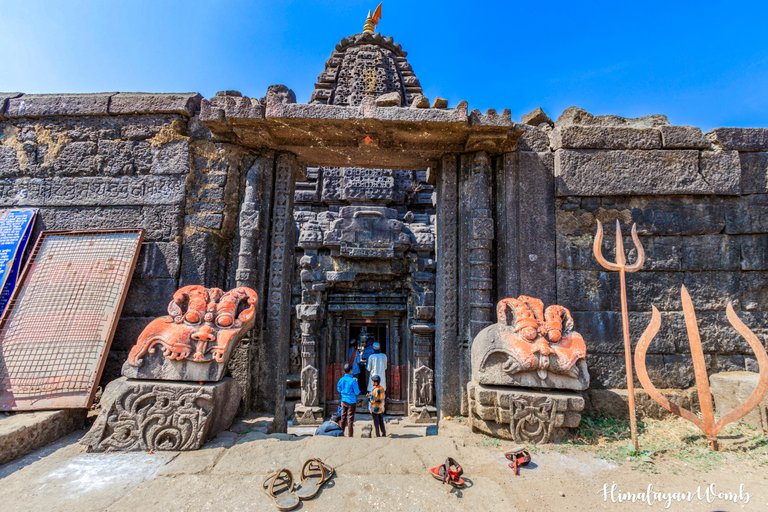
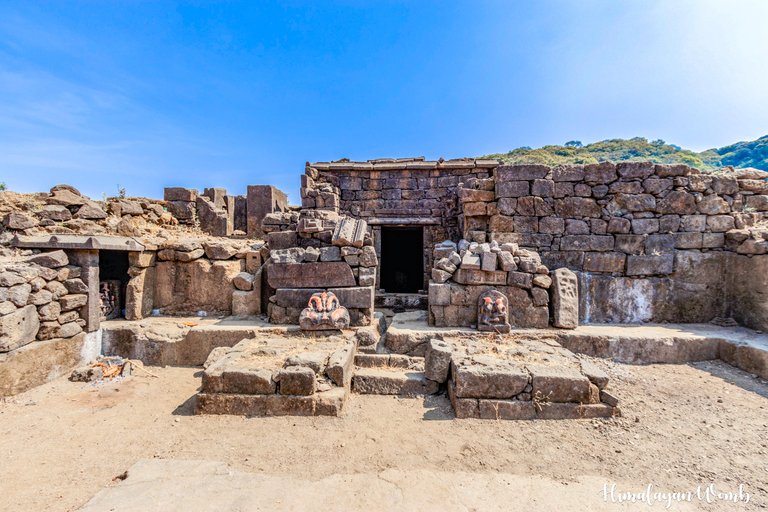
I asked the Sadhu out of curiosity how is this temple related to Ramayana? To which the Sadhu replied that during the 14 years of exile, Ram, Laxman and Sita came here and spent a lot of time in worshiping God. After getting the answer to my question, I become silent and start listening to the sadhu. Taking a deep breath, the sadhu further tells that Mahatma Changdev has spent a long time here during his penance.
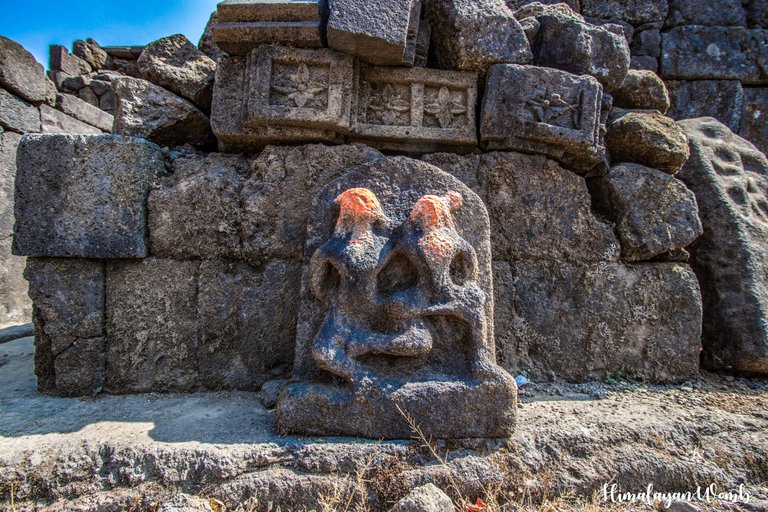
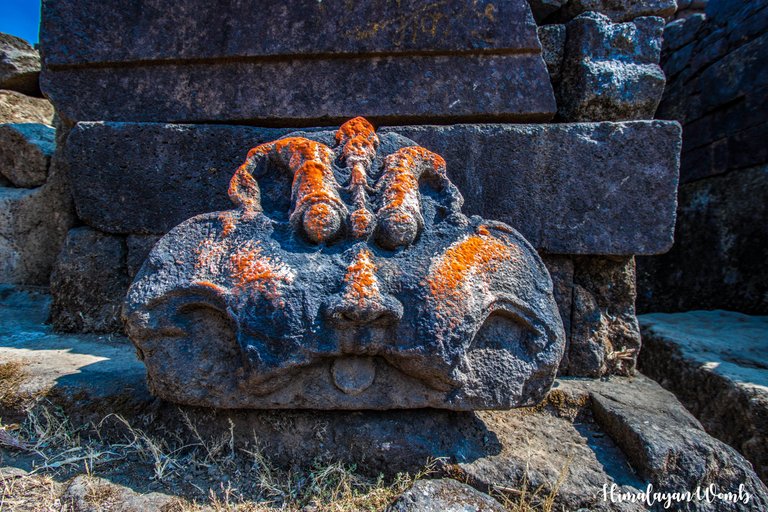
Before I ask, Raghu Bhai asks the sadhu who was Changdev? Smiling, the sadhu starts saying, “According to history, Changdev is also known as Changa. Because he was an expert in ‘Bhoot Vidya’, he was also called a mysterious Mahatma. According to ancient texts, Changdev lived on the banks of Tapti river for 1400 years and kept worshiping God. Both of us were stunned to hear about his accomplishments.
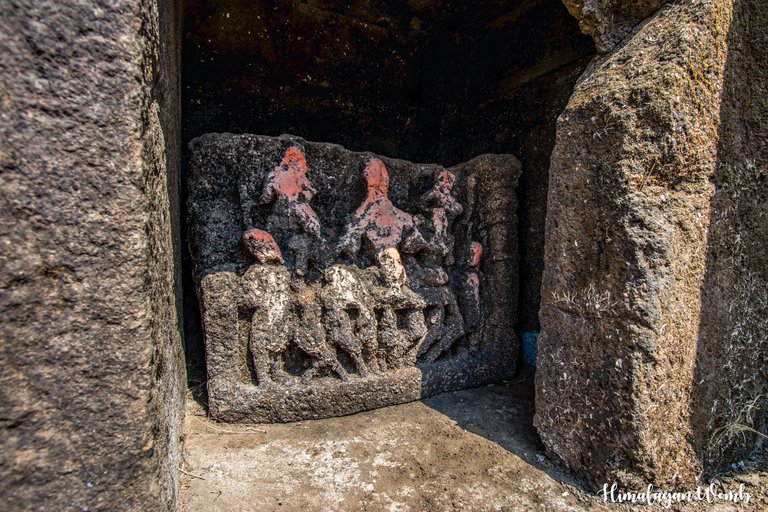
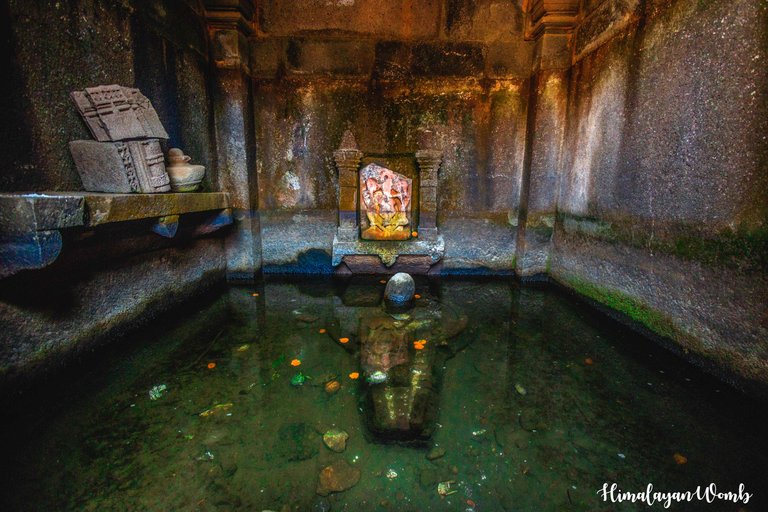
We had already talked about Kedareshwar temple and caves yesterday, so the sadhu did not mention these caves. While telling about Saptatirtha Pushkarni Lake, the sadhu says that “because there are 7 temples of Lord Vishnu on the banks of this pond, hence it is named Saptatirtha. Nowadays people have made the holy pond dirty otherwise its water was used for drinking by the pilgrims. This water full of minerals has the ability to cure extreme diseases.
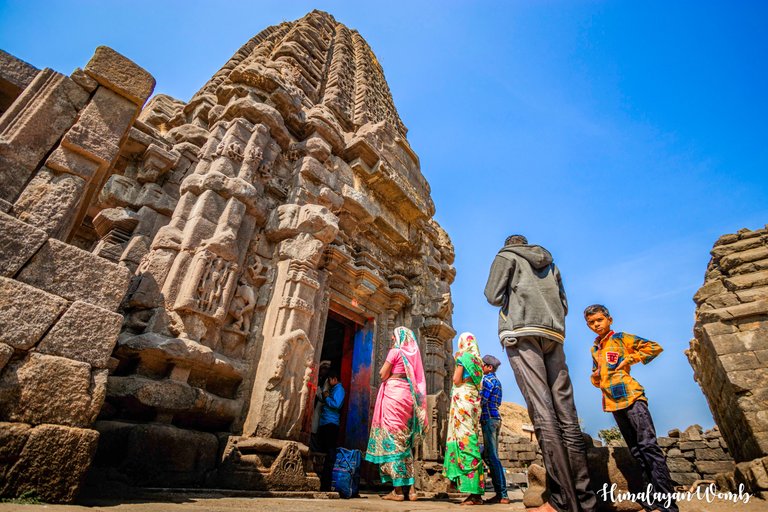
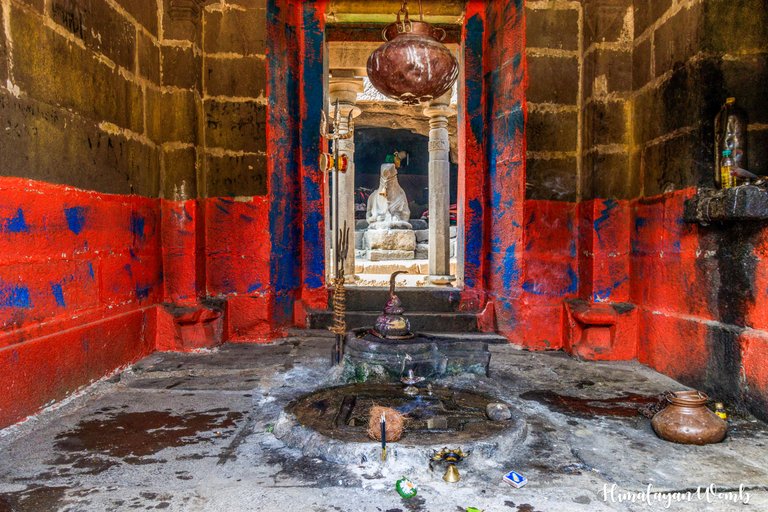
Then the sadhu suddenly becomes silent and says now you people go and have darshan of God. I will now meditate. And after saying Har Har Mahadev we come out of the cave. First of all we see the Sapttirth pond where devotees are taking bath. Moving ahead we enter the temple. Because according to Hindu belief the temple is a holy place, therefore it is forbidden to carry shoes, slippers and any thing made of animal skin there, so we leave all such things at the gate of the temple and enter the temple premises.

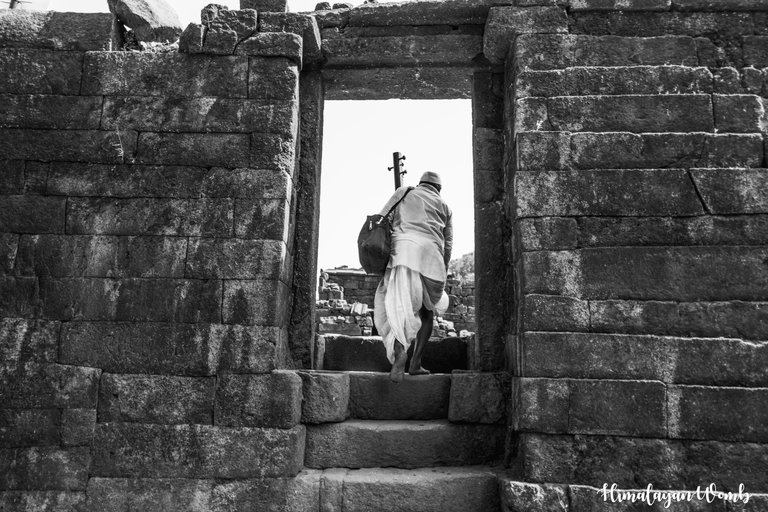
An orange flag is hoisted on the top of the temple and there are two stone statues on the gate which are the statues of 'Kaal'. This statue of Kaal tells that Kaal is also seated at the feet of God. The walls in the temple premises are in a broken state where ancient statues are kept. The locals are praying to God with folded hands for peace and happiness, we are also standing with them in front of our deity.
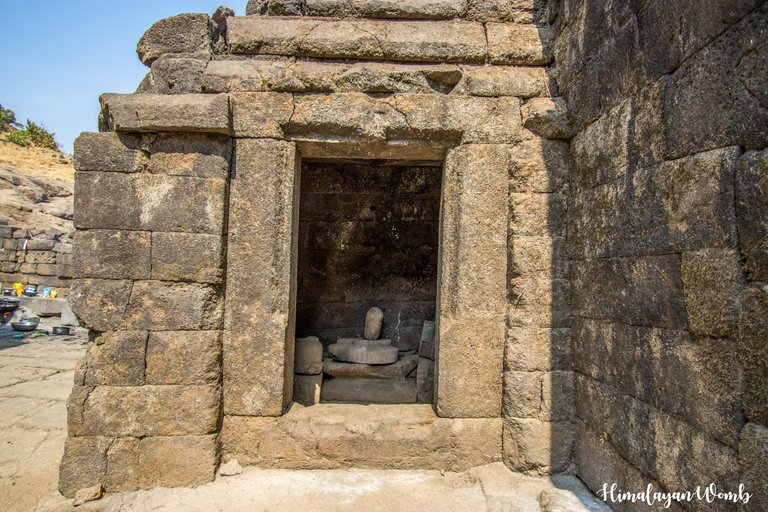
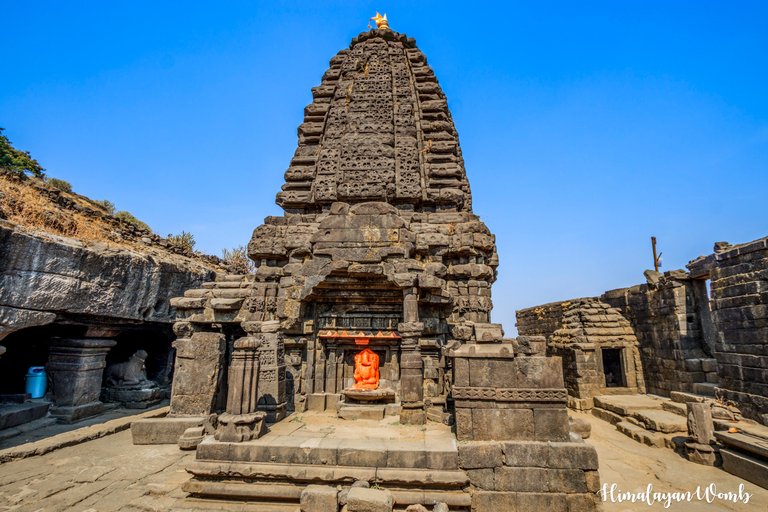
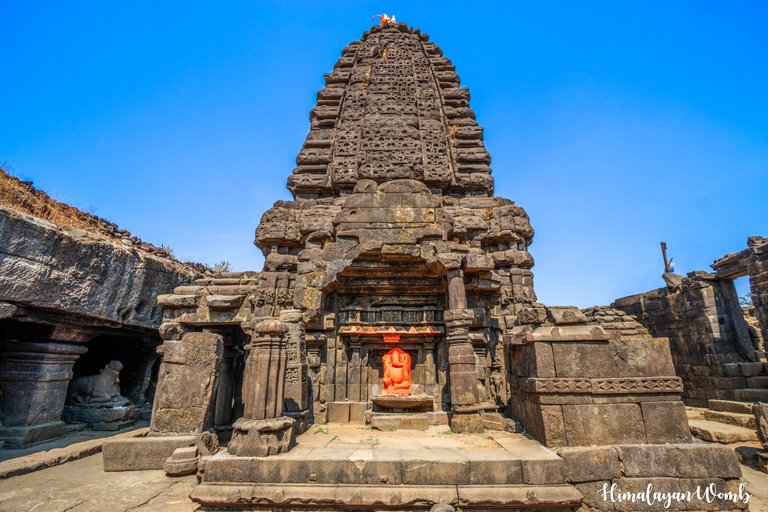
Photography is prohibited inside the temple, there is a statue of Lord Vishnu in the sanctum sanctorum of the temple, after taking his blessings we come out. The other temple is filled with water in which the Shivling of Lord Shiva is immersed. I feel this place is full of energy. There is an uncle outside the temple who has come from Nashik and immersed in the devotion of God, he has brought a musical instrument, by playing which he sang bhajans in front of God.
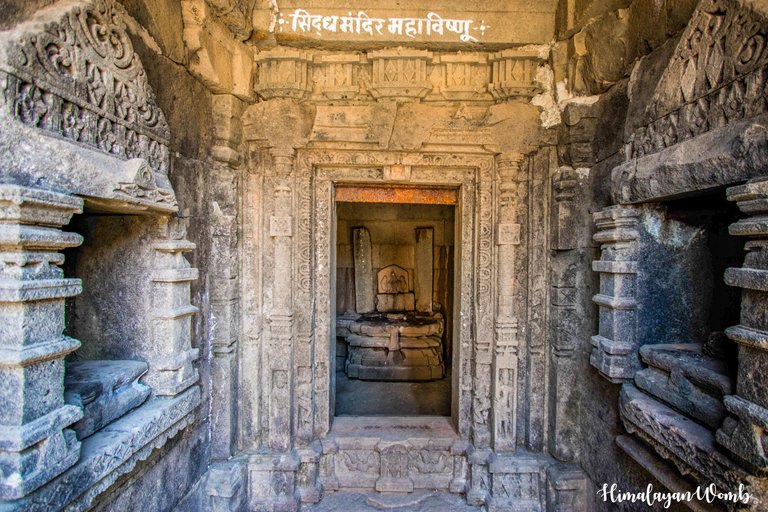
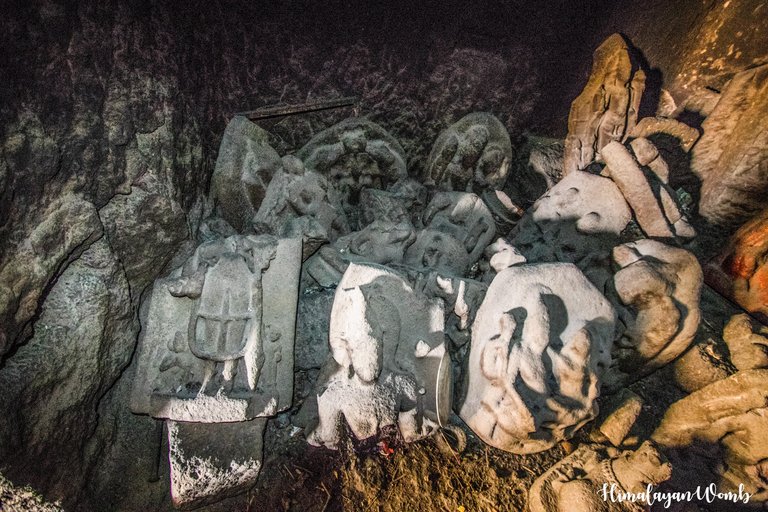
The statue of Lord Ganesh, son of Shiva, is installed behind the temple, which is painted in orange color. Along with the Sadhu cave, there are some other caves where ancient statues are kept safely. There are many statues of Hindu gods and goddesses here. We bow down to everyone and salute the temple premises and then return on our way. In about 3 hours, we slowly reach Kheereshwar village from where we take a bus and go back to the place from where we came.
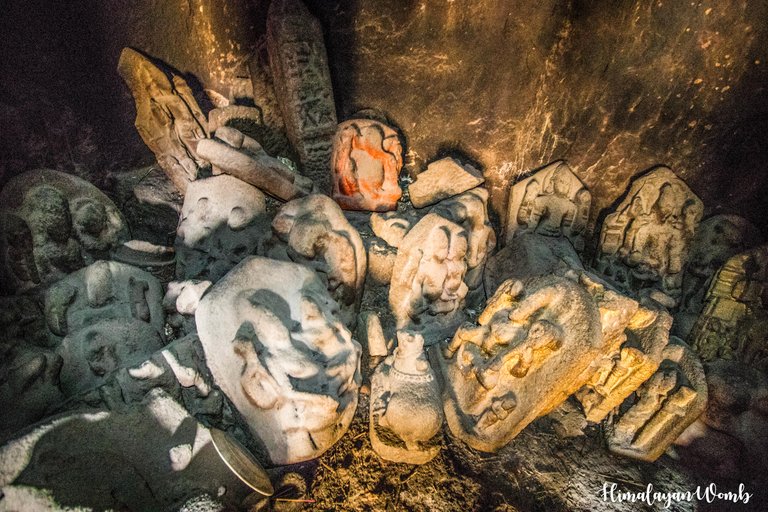
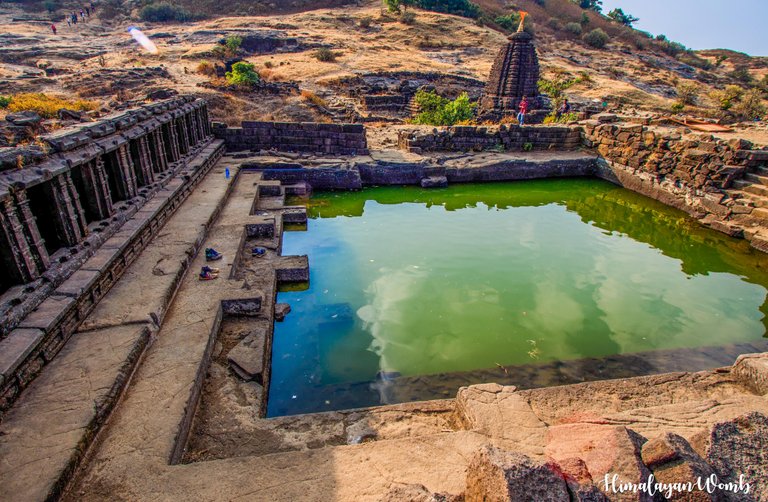
Disclaimer: This post is originally written in Hindi and I have used Google Translator to tranlate the Hindi text in English. All the photos have been clicked by me from Canon 77D (18-55mm) and edited in Lightroom/photoshop.
Congratulations, your post has been added to WorldMapPin! 🎉
Did you know you have your own profile map?
And every post has their own map too!
Want to have your post on the map too?
very traditional and ancient culture
Culturally Hinduism is a very rich religion, religious scriptures encourage us to move on the right path. Even ancient religious scriptures shed light on the past and what is going to happen in the future.
You capture every moment beautifully,
Sending love and curation Ecency vote. keep giving the best♥️
shukriya bhai
🎉 Upvoted 🎉
👏 Keep Up the good work on Hive ♦️ 👏
❤️ @bhattg suggested sagarkothari88 to upvote your post ❤️
वाह अद्भुत नजारा
Hiya, @lauramica here, just swinging by to let you know that this post made it into our Honorable Mentions in Travel Digest #2315.
Your post has been manually curated by the @worldmappin team. If you like what we're doing, please drop by to check out all the rest of today's great posts and consider supporting other authors like yourself and us so we can keep the project going!
Become part of our travel community:
Wow, you have transported me to one of the destinations I most want to travel to. Thank you for the pictures and your story, it is really loving and charming, and the relationship of respect you maintain with the temples is amazing. Did you do this trip in one day or did it take you longer? I mean going from the place where you are to this temple.
I congratulate you for your story, I fell in love! I hope to see more
Culturally Hinduism is a very rich religion, religious scriptures encourage us to move on the right path. Even ancient religious scriptures shed light on the past and what is going to happen in the future.
You must visit India once, you will be overwhelmed by knowing about the culture, tradition and religion here. You will always be welcome in this beautiful country.
This post has been manually curated by @bhattg from Indiaunited community. Join us on our Discord Server.
Do you know that you can earn a passive income by delegating to @indiaunited. We share more than 100 % of the curation rewards with the delegators in the form of IUC tokens. HP delegators and IUC token holders also get upto 20% additional vote weight.
Here are some handy links for delegations: 100HP, 250HP, 500HP, 1000HP.
100% of the rewards from this comment goes to the curator for their manual curation efforts. Please encourage the curator @bhattg by upvoting this comment and support the community by voting the posts made by @indiaunited.